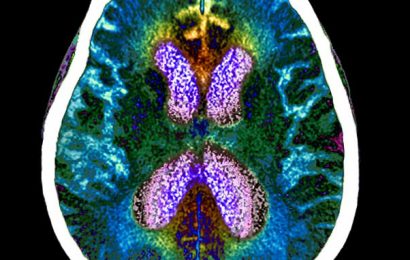
The most common types of large vessel vasculitis (LVV) are giant cell arteritis (GCA) and Takayasu arteritis (TAK). The main feature of both is chronic inflammation of the arteries. Rapid management is key to preventing damage to the artery walls leading to blindness or aneurysm.
EULAR recommendations for the management of LVV covering assessment, investigation, and treatment were first developed in 2008. The 2018 update noted that one of the key points of management is that LVV diagnosis should be confirmed by imaging or histology. To support this, specific recommendations around the use of imaging were developed alongside the management guidelines in 2018. Since then new studies have been published, and in 2021 the American Rheumatology Association (ACR) expressed a preference for biopsy over ultrasound.
The updated 2023 EULAR recommendations were developed by a multidisciplinary task force of patient representatives and health care professionals from rheumatology, as well as experts in radiology and imaging. The work was completed in line with EULAR standardized operating procedures and based on a systematic literature review.
Overall, three overarching principles and eight recommendations were developed. The principles state that for people with with suspected GCA, early imaging is recommended to support the clinical diagnosis, but imaging should not delay treatment being started.
Imaging should be done by a trained specialist using appropriate equipment, standardized operational procedures, and settings—and for those with positive results on imaging, the diagnosis of GCA may be made without a biopsy or further tests.
In people with a low clinical probability and a negative imaging result, the diagnosis of GCA can be considered unlikely. In all other situations—including inconclusive imaging—additional steps will need to be taken to reach a diagnosis.
The individual recommendations make specific points around the optimal use of ultrasound, MRI, CT, and FDG-PET for imaging. The recommendations are based on evidence and expert consensus, and the full text of each can be found in the August 2023 issue of the Annals of the Rheumatic Diseases.
With reference to the current technical differences between Europe and the United States, EULAR acknowledges that it does not intend to dismiss the role of temporal artery biopsy in GCA; however, when imaging is rapidly available the added value of a biopsy is uncertain, and may expose patients to an unnecessary risk of complications. EULAR hopes these updated recommendations will help to standardize and optimize the use of imaging in the diagnosis and assessment of people living with GCA and TAK in Europe, and may prove aspirational for other regions who may wish to promote a change of clinical routine.
More information:
Christian Dejaco et al, EULAR recommendations for the use of imaging in large vessel vasculitis in clinical practice: 2023 update, Annals of the Rheumatic Diseases (2023). DOI: 10.1136/ard-2023-224543
Journal information:
Annals of the Rheumatic Diseases
Source: Read Full Article


